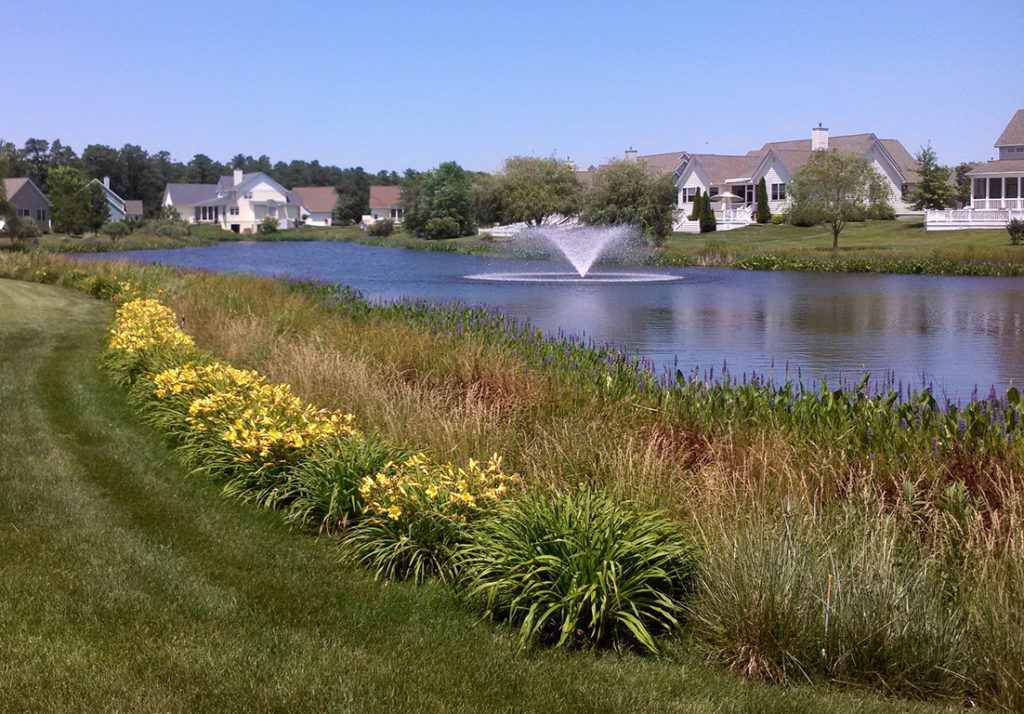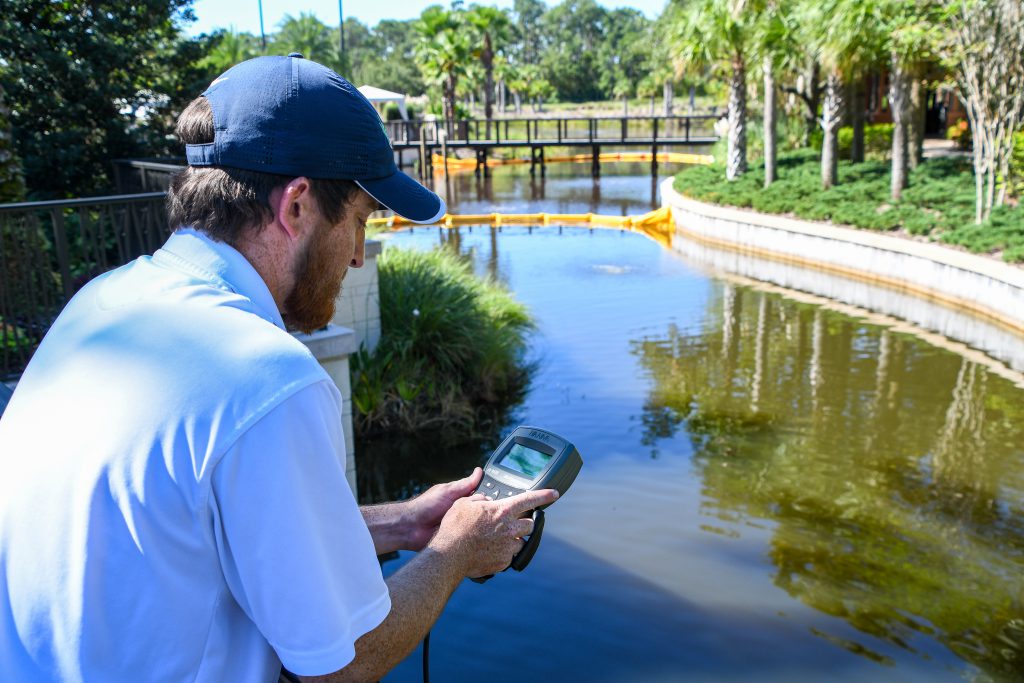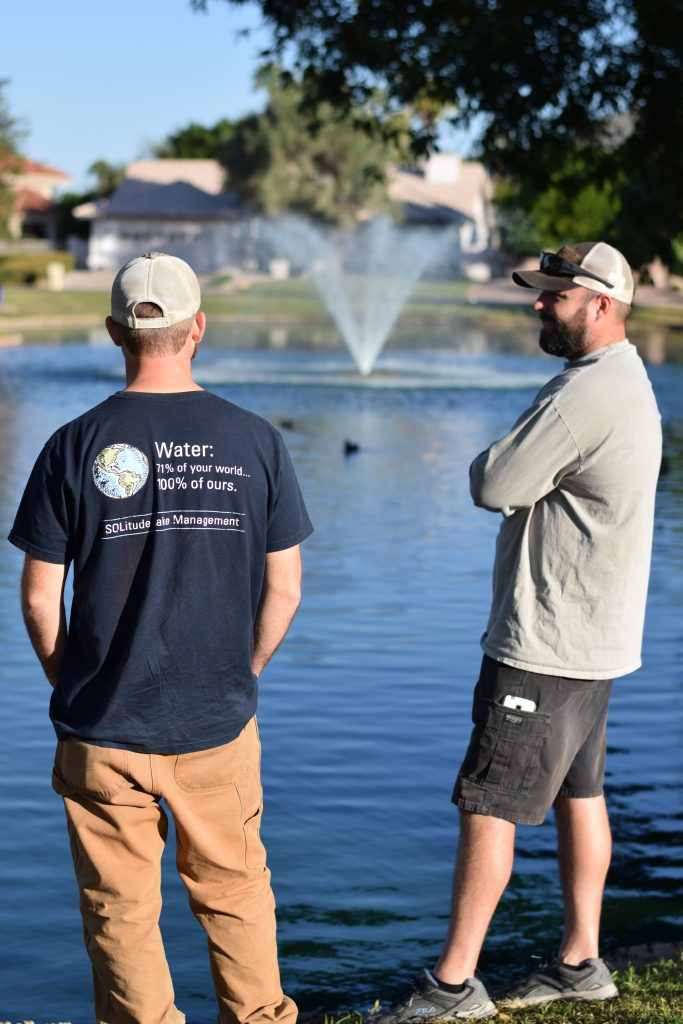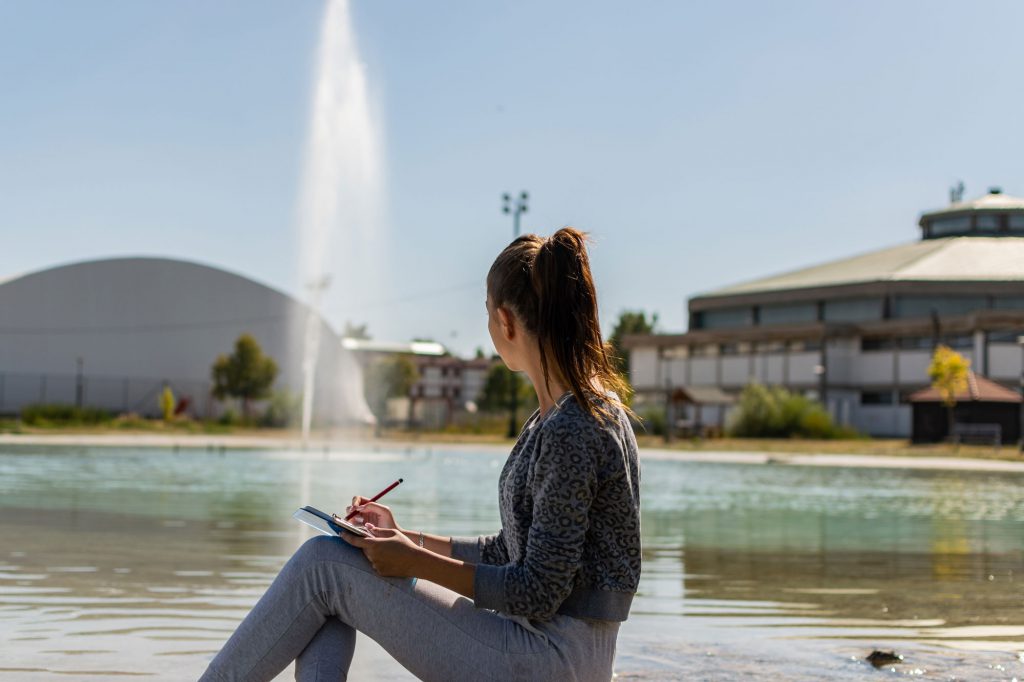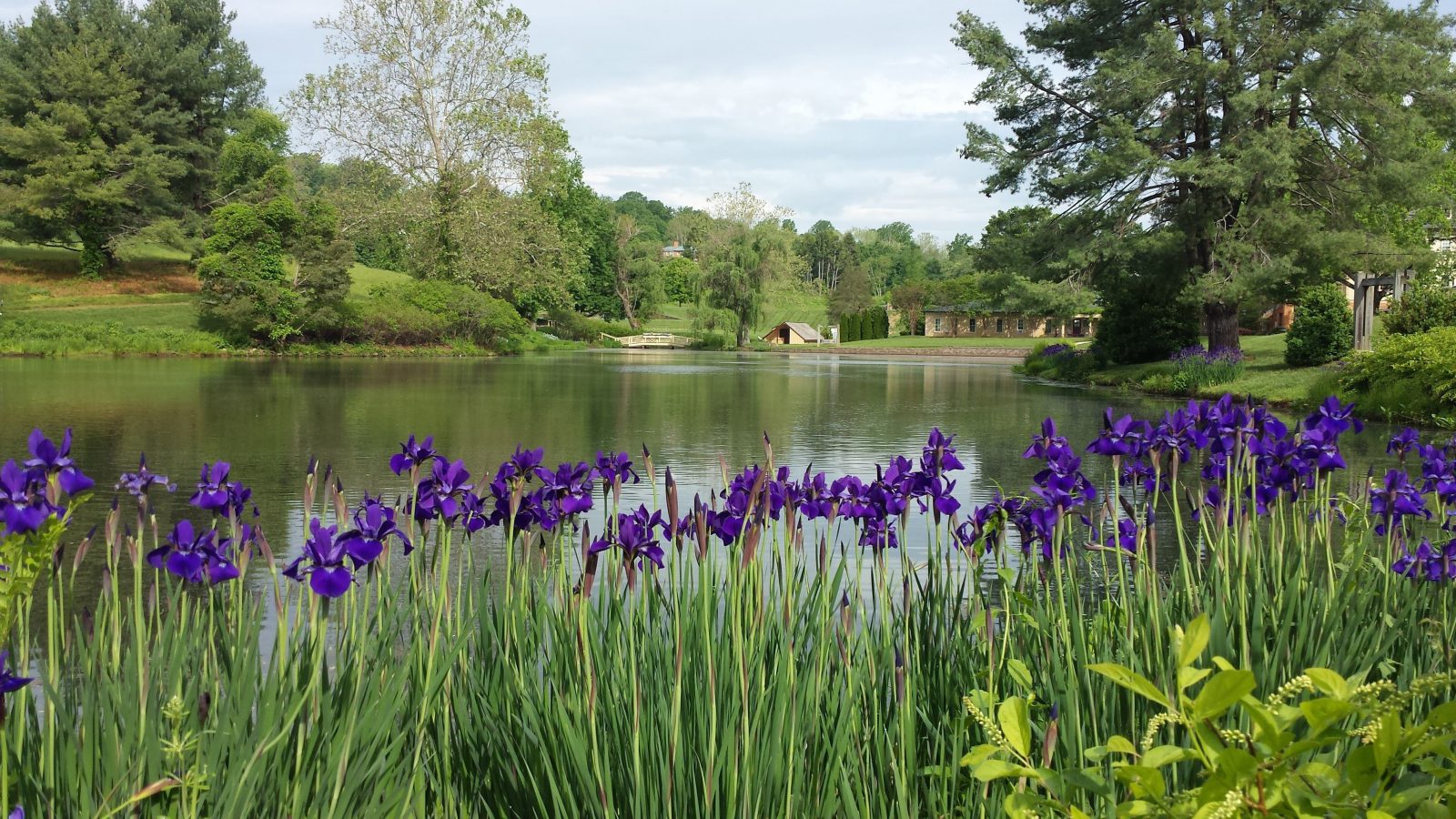
4 Tips for Spring Pond Maintenance
It might seem hard to believe, but weeds and algae grow beneath the frozen surface of your water all winter long. By the time aquatic plants or algae blooms begin appearing in the spring, the ecological balance in your water may already be compromised and in need of a helping hand. The good news is, a little preventative work timed with the changing seasons will make a big difference in the overall appearance and water health of your community pond so, come spring, you can take pride in its appearance instead of fielding complaints from residents.

Spring Pond Maintenance Checklist
Across much of the country, Mother Nature comes back to life in the spring. The ice thaws and the first budding plants begin to peek out of the ground. This is also when we can help our ponds get off to a good start.
Start on the Pond's Shoreline
Ask your landscapers to clean up the shoreline and banks surrounding your pond. This includes removing branches and cleaning up remaining leaves and trimmings from last fall. Ask them to avoid blowing grass clippings and other trimmings into your pond once they begin their weekly mowing and landscape service. Why? You do not want this organic matter in your water. It will decompose quickly, add unnecessary nutrient load, and will likely cause a quick algae bloom.
This is also a time to help get ahead of erosion. Establish a beneficial vegetative buffer using native plants that grow deep roots that help keep soil in place and uptake any pollutants that can flow into the pond during spring showers. Vegetative buffers can also create a beautiful backdrop of colorful flowers for residents and visitors to enjoy.
Move On To the Water
Apply the same clean-up logic to any dead branches, plants, or weeds that ended up in your pond over winter. This will help minimize the nutrient load in your water and reduce the risk of an early-season fish kill. Likewise, it may be an appropriate time to apply beneficial bacteria to kickstart the natural decomposition of muck that may have accumulated over the winter.
Water quality testing is also essential this time of year. Your lake management partner can help you identify any imbalances in dissolved oxygen (DO), pH, nutrient levels, and many other components, and begin developing a plan to get your waterbody on track for the year ahead.
Check Your Fountain Equipment
Many community ponds have a fountain or aeration system in place. Submersed aerators can stay in your pond year-round, but floating fountains are often removed and stored for the winter. Before re-installing your equipment, your lake management partner will ensure it has received the correct maintenance to extend its useful life for as long as possible. This may include a full system check, changing filters, oil and seal changes, flushing air hoses, and balancing air stations for optimal output.
Not only do aerators and fountains enhance the aesthetics of your pond, but they also play a major role in enhancing your overall water quality. The function of aeration is to increase the amount of dissolved oxygen (DO) in a waterbody. DO is one of the most, if not the most, important water quality parameters in a pond. Having adequate DO levels aids in the rapid breakdown of decaying vegetation and other nutrients that enter a pond. The faster this organic matter can break down, the fewer nutrients are available to create water quality imbalances.
Start Early with Routine Pond Inspections
Because weeds and algae can grow year-round under the water, the sooner you can begin your seasonal pond management program, the better! Once weeds or algae are visible in your pond, you’re already playing defense. If you can initiate inspection and diagnostic visits with your lake management partner before there is visible plant or algae growth, you’re better positioned to maintain desirable water quality conditions and impressive aesthetics all year long.
Seeing Is Believing
- Algae Management
- Aquatic Weed Management
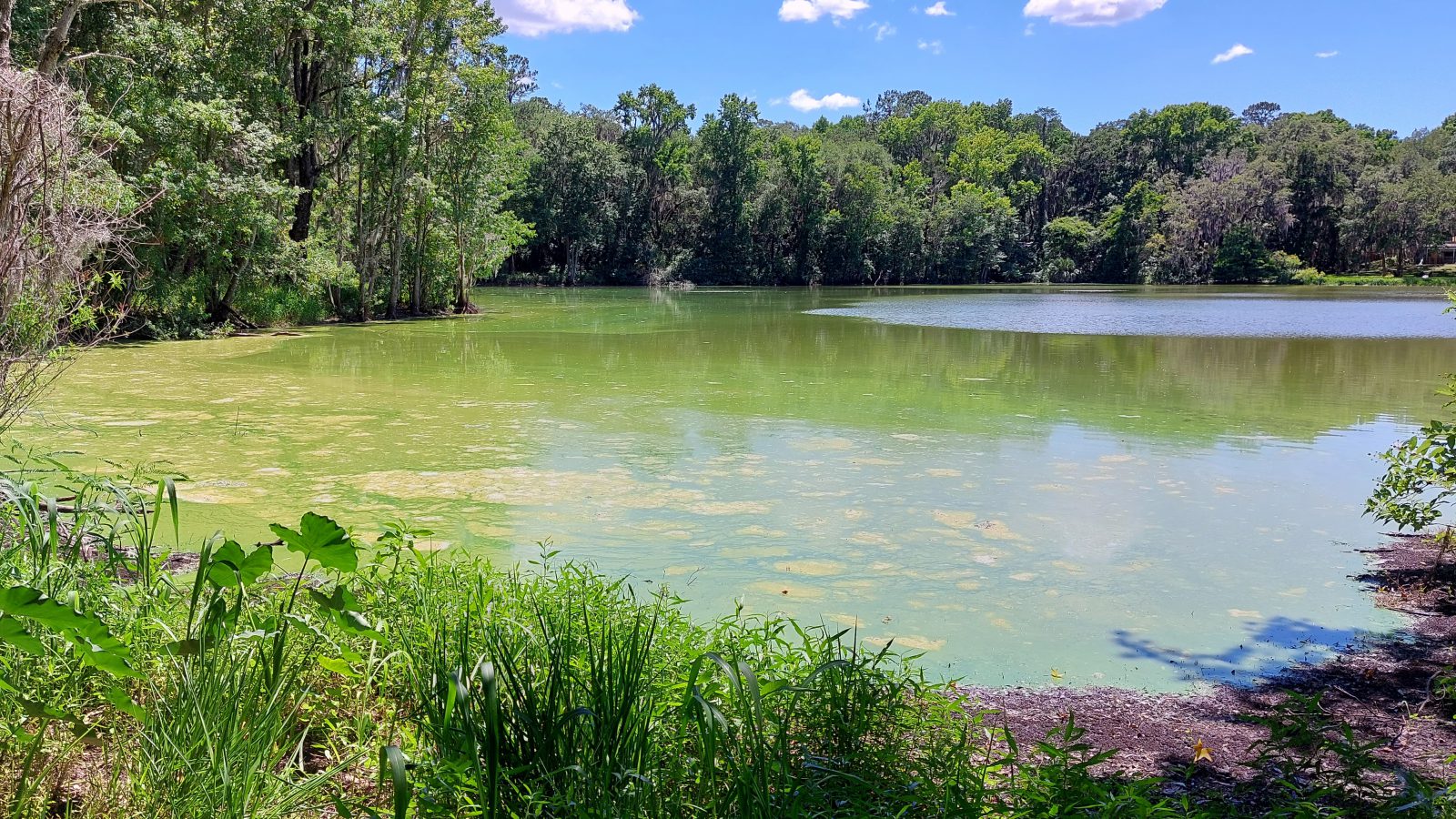
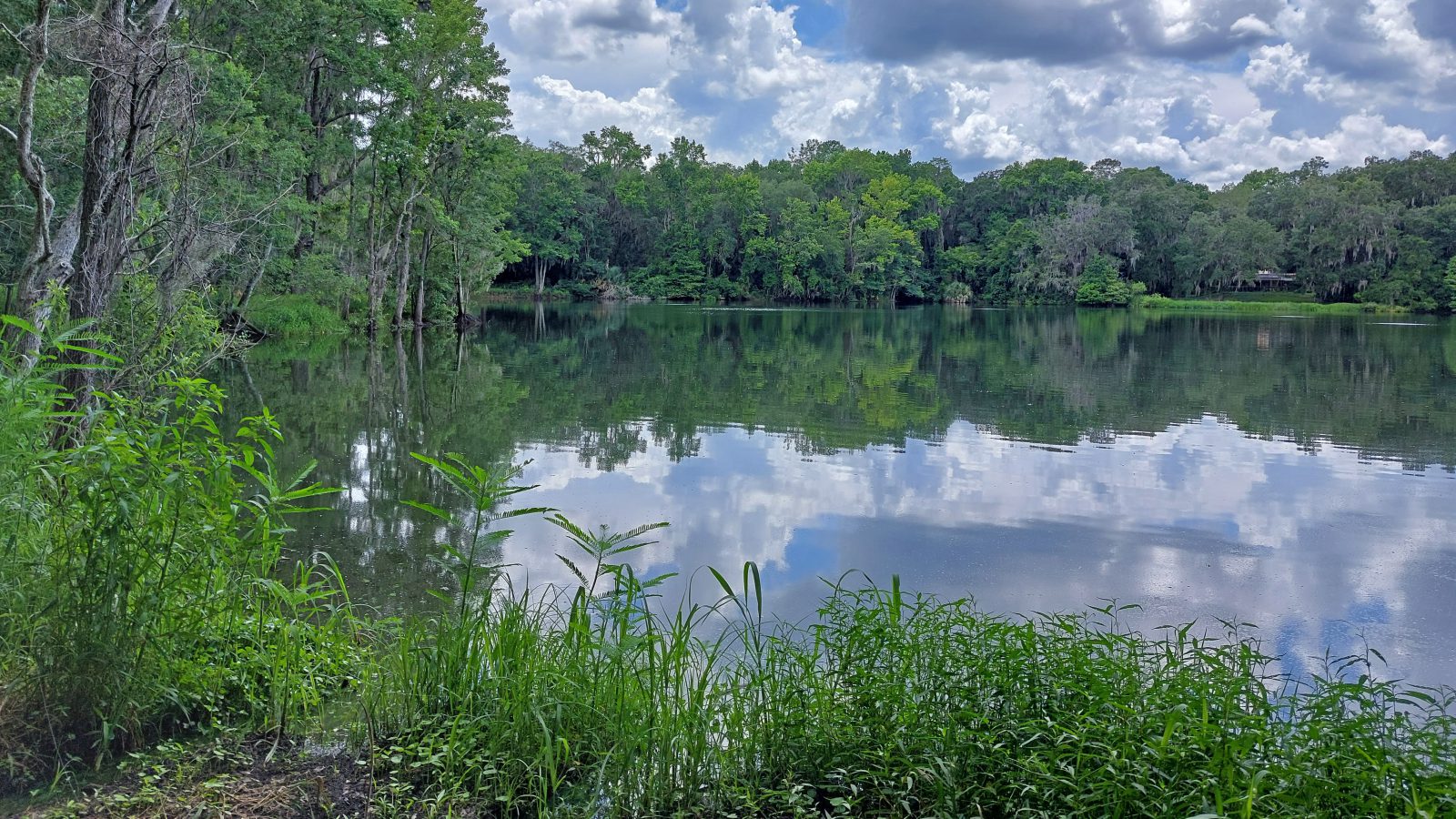
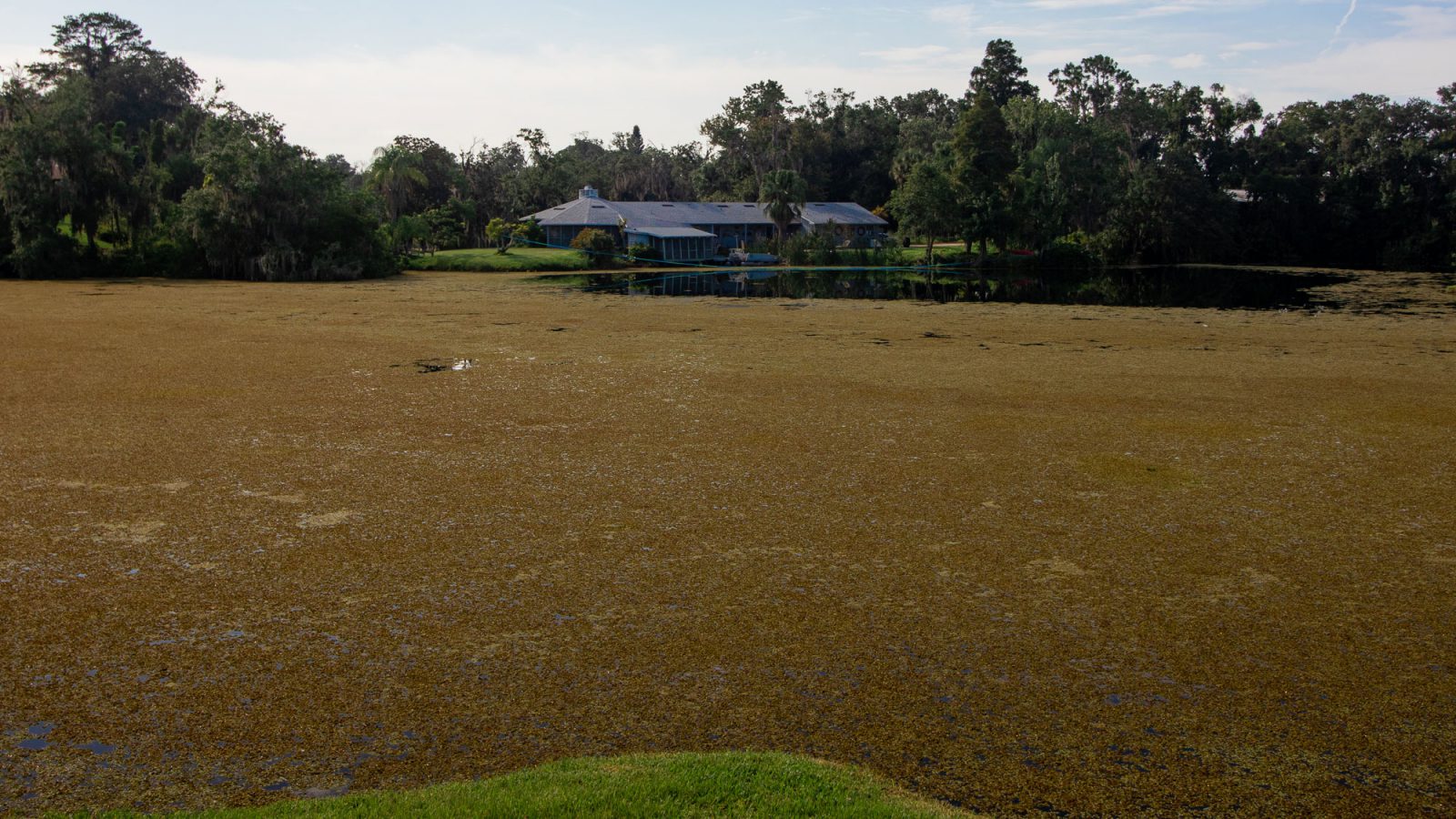
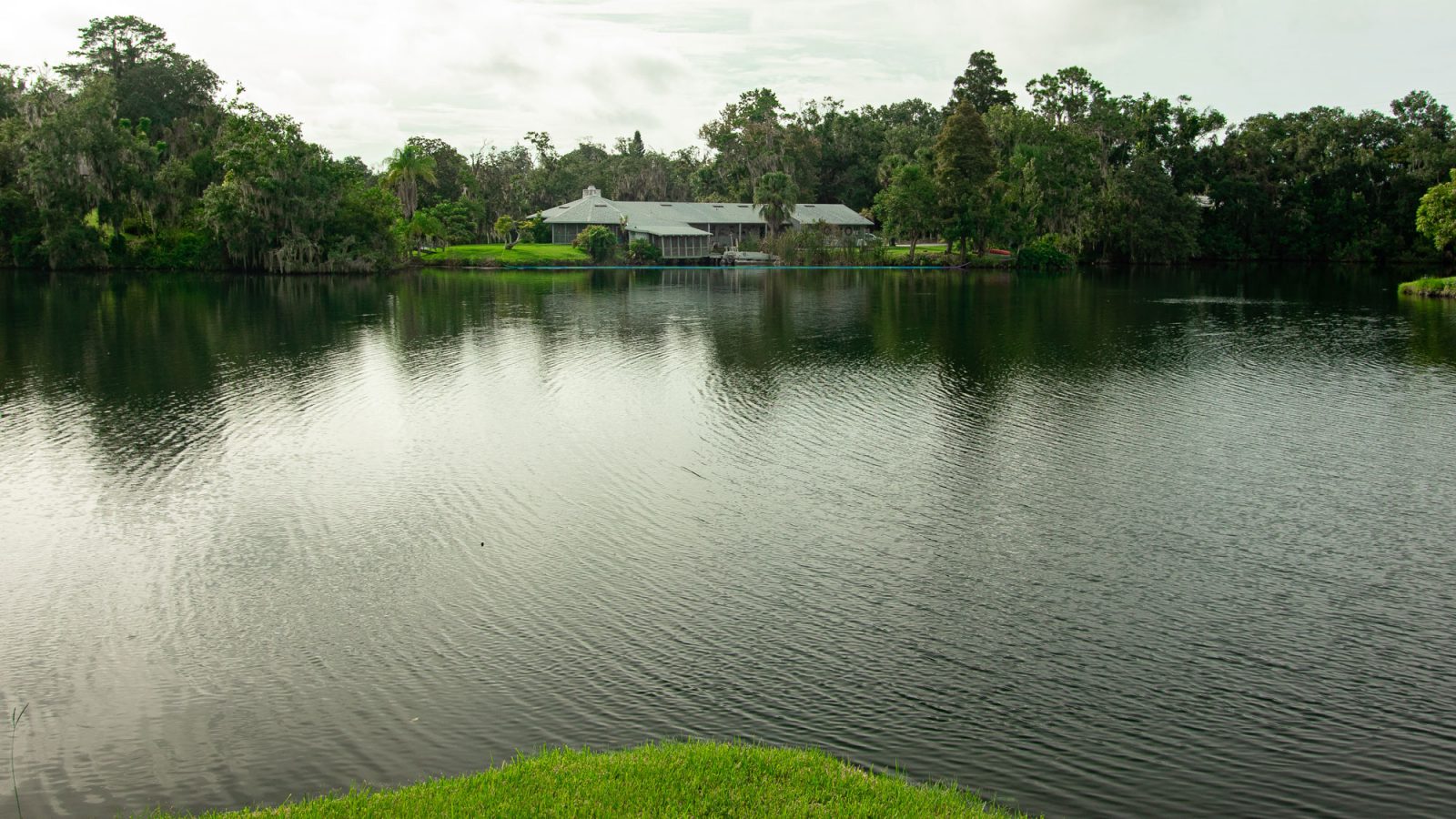
Monitor Your Water Year-Round
Monitoring isn’t just essential in the spring – it’s important for the rest of the year! Your lake management partner should continue monitoring your waterbody consistently and adjusting their treatment methodologies to maintain balance. A routine approach will provide the most science-based and actionable insights, so diagnosis and treatment can be precise and accurate as needs arise.
A dedicated lake management partner will follow through on these good management practices by keeping you up to speed with reports and updates on their observations, sampling and analysis work, and any maintenance activities performed to manage weed and algae growth – so you can focus on cultivating a happy, connected, desirable community.
SOLitude Lake Management is a nationwide environmental firm committed to providing sustainable solutions that improve water quality, enhance beauty and preserve natural resources.
SOLitude’s team of aquatic scientists specializes in the development and execution of customized lake, stormwater pond, wetland and fisheries management programs. Services include water quality testing and restoration, algae and aquatic weed control, installation and maintenance of fountains and aeration systems, shoreline erosion control, muck and sediment removal and invasive species management. SOLitude partners with homeowners associations, golf courses, private landowners, businesses and municipalities. SOLitude Lake Management is part of Rentokil, a leading business services company, operating across the United States, Canada and Puerto Rico.
For more information, visit SOLitude Lake Management at solitudelakemanagement.com, and connect on Facebook, LinkedIn and Twitter.








